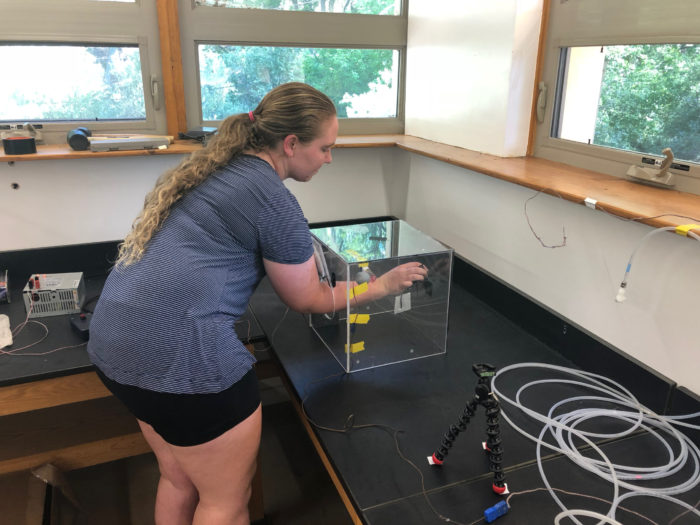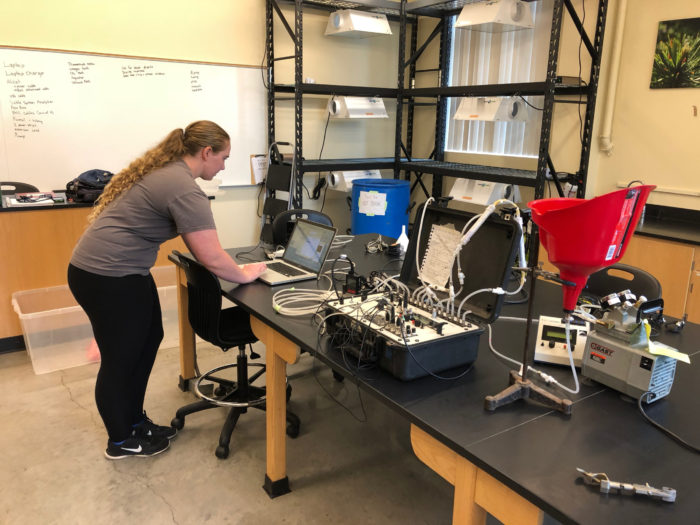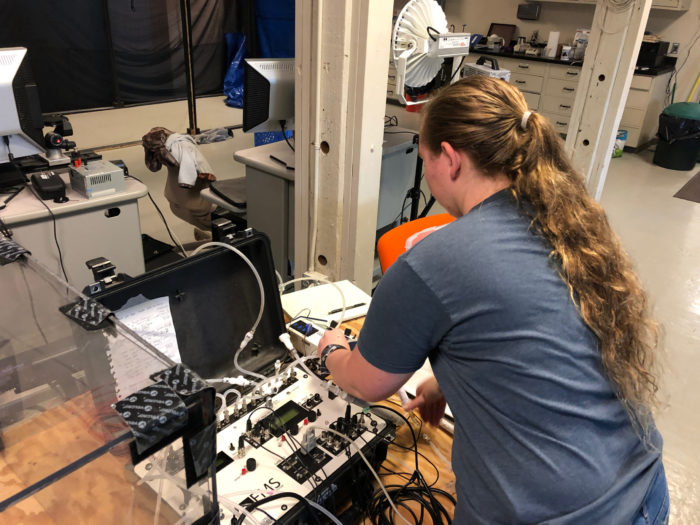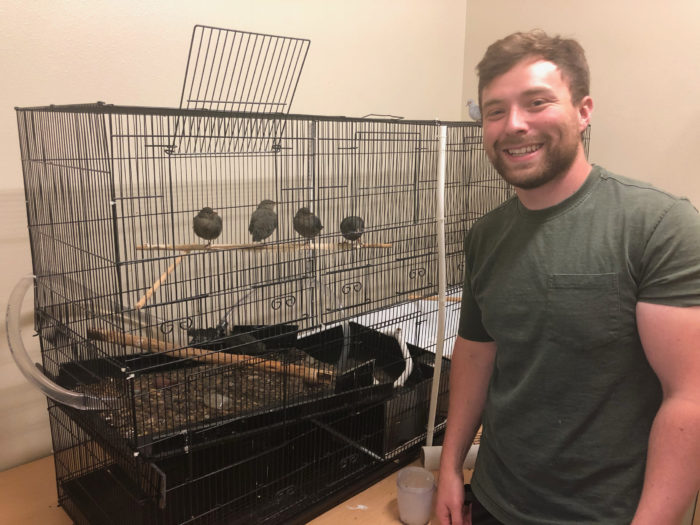Today a study was published in the journal Copeia detailing how lizards at the cool northern edge of their range energetically manage in an excessively cool climate. The results of this study could provide useful information regarding lizard range shifts resulting from climate change. Lead author of the study was Sean Powers (yes, a Powers lab progeny) who is currently a Ph.D, student at Virginia Commonwealth University. Click here to download the paper.






























